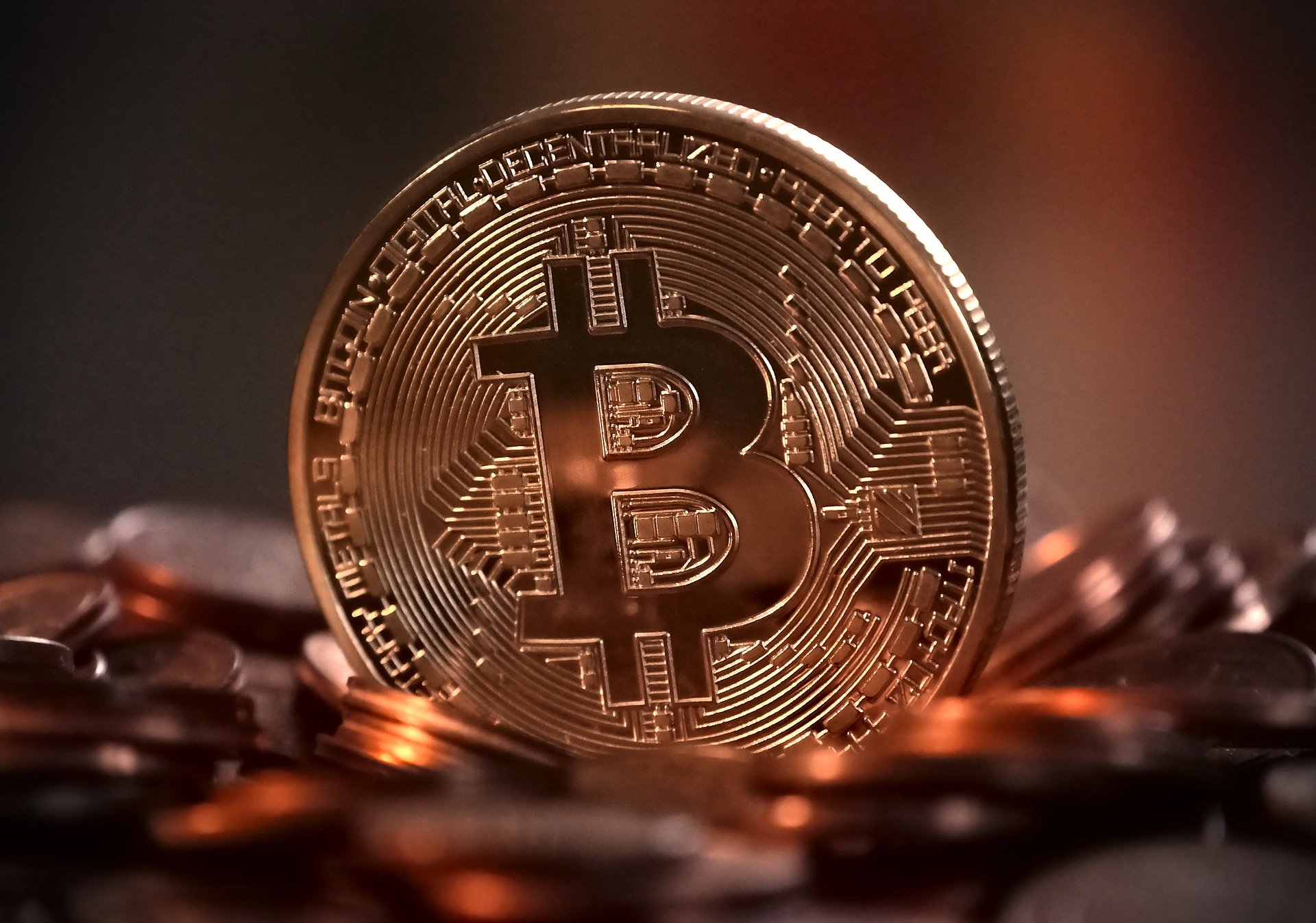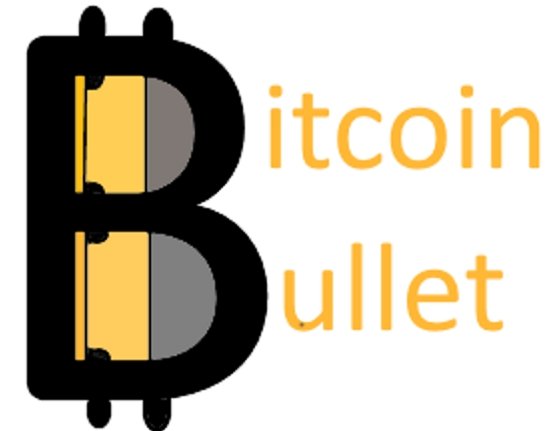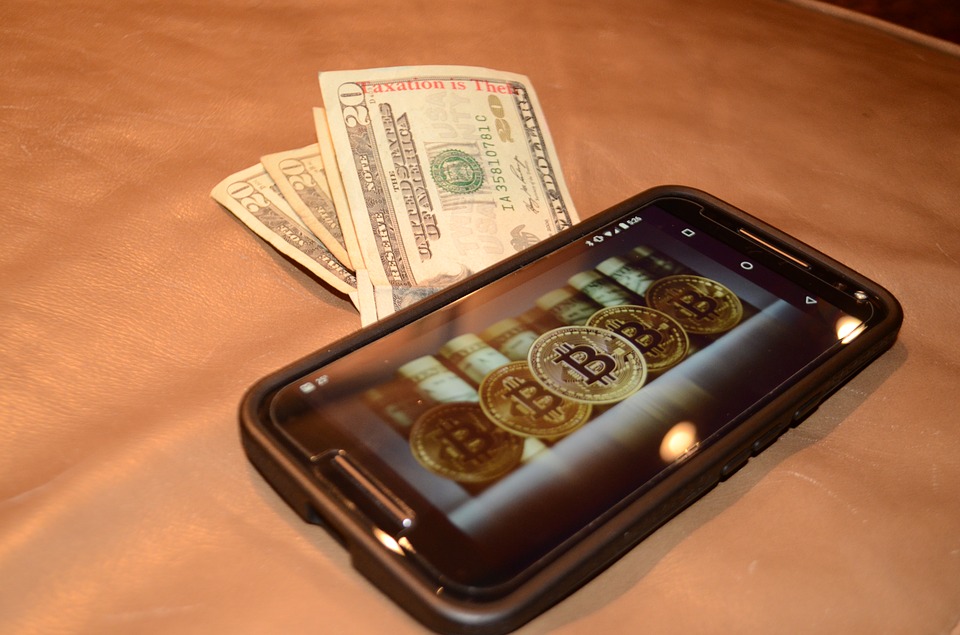Bitcoin as Digital Cash - Sending and Receiving
How you actually send and receive Bitcoin, and why it's more like digital cash than a credit card

This is part 2 of a series I'm making to help explain Bitcoin, then eventually other Crypto-Currencies, to average people. You can read the first one here on Steemit: https://steemit.com/bitcoin/@bitcoinbullet/explaining-bitcoin-and-the-blockchain-to-average-joe
You can follow the series here, or feel free to check out my website: thebitcoinbullet.com

In the last post I explained Bitcoin and gave a brief overview of the new technology. In this post, I'm going to show you how to use it. Really, the process is pretty simple and most people won't have any problem with it. As I mentioned last time, sending BTC is a lot like sending an email. Once you have all the pieces, sending and receiving is just as easy. We'll talk about how to go about getting some BTC later, but for now lets get familiar with how to actually go about using BTC.
Bitcoin Wallet
The first thing you'll need is a BTC Wallet. There are really 2 things that can be called a wallet, a complete set of public and private keys and a software application that handles the keys. The public and private keys are really a set of random characters, which you use to send and receive coins. Each wallet has a public key and a private key. These keys look pretty much exactly the same, but they serve different functions. The public key is like our email address. If you want to send someone BTC, you need their public key. The private key is like the password to the wallet. In order to spend Bitcoin, you need the wallet's private key. Here's what they look like.
The QR codes are representations of the random string of characters below them. It may seem like a lot of nonsense to remember, but this is where the software applications come in. A software wallet acts like your email handler, for instance Outlook or Gmail. There are many different wallets, and they vary in how they work but for now, I'll focus on using a wallet. Basically, they all work about the same. For this article, I'm using the Electrum wallet.
Sending Bitcoin
As you can see, the setup is pretty straight forward. In the "Pay to" box you put in the address of the person you are sending BTC to. Make sure you copy and paste!!! If you enter even one character wrong then your Bitcoin are gone: there's no getting them back. You can enter a description of a short note, and then enter the amount of BTC you'd like to send. The "Fee" slider allows you to select how much of a fee you want to pay. (This will determine how fast your transaction is processed: more on this later) Then click send. If you have password security set up, you'll be prompted to enter it next. (you should) That's all there is to it!
Receiving Bitcoin
It looks about the same, doesn't it? Well, it's actually easier than it looks here. Remember, all someone needs to send you BTC is your public address. Here, you see the characters and the QR code. To receive BTC, simply give your public address to the person paying you. They will enter it into their wallet as shown above and send you the coins. If they are on a phone, they can just scan the QR code! You can leave your public address in the open for anyone to see. In fact, that's actually one of Mine above! (Feel free to send a tip:)
Digital Cash

Bitcoin is like Digital cash because it shares some common features with cash that distinguish it from credit cards, checks, and other payment forms. Like paper cash, if you lose it then it's gone. There is no bank or credit card company to restore you. Also like paper cash, once you spend BTC there is no way to reverse the transaction. You can't call the bank and tell them to cancel the charge, because there's no bank.
.
It may not be a perfect comparison, but learning to think of BTC as cash will help get you into the habit of thinking about security. Using a bank allows you to let someone else worry about your money's security but it costs you. Having Bitcoin is more like having cash. You must keep it safe because nobody else is going to do it for you.
About Fees and Transaction Times
As it's a new technology, and still technically under development, Bitcoin is constantly facing challenges it must overcome. Currently, the biggest challenge BTC faces is something called scale-ability. Basically, there is more demand for Bitcoin than the network can currently keep up with. There are solutions being worked on, and some about to be implemented, designed to help with this problem. Until then, transaction fees may be a little higher than expected. It's not a big issue if you're sending larger amounts, but it may cost $1.75 to send $5 worth of BTC. You can opt to pay a lower fee, but the transaction will take longer that way. Don't worry, though, the solutions already exist. We're just waiting for the community of developers to figure out implementation.
Now, Go Get Some Bitcoin!

You should by now be able to send and receive Bitcoin. The process is pretty much the same no matter which wallet you choose to use. The only thing left is to go out and get some BTC and join the monetary revolution! I'll have a post showing how to buy BTC on an exchange, but if you want to try it on your own you can buy BTC for US Dollars by following the links below.
https://localbitcoins.com/buy-bitcoins-online/?ch=cznd
https://paxful.com/roots/buy-bitcoin?affiliate=mPGYjXpLQ2n
https://www.Coinmama.com/?ref=thebitcoinbullet

@bitcoinbullet
Beautiful writeup!Thanks for sharing.
Congratulations @bitcoinbullet! You have received a personal award!
Click on the badge to view your Board of Honor.
Do not miss the last post from @steemitboard!
Participate in the SteemitBoard World Cup Contest!
Collect World Cup badges and win free SBD
Support the Gold Sponsors of the contest: @good-karma and @lukestokes
Congratulations @bitcoinbullet! You received a personal award!
You can view your badges on your Steem Board and compare to others on the Steem Ranking
Do not miss the last post from @steemitboard:
Vote for @Steemitboard as a witness to get one more award and increased upvotes!